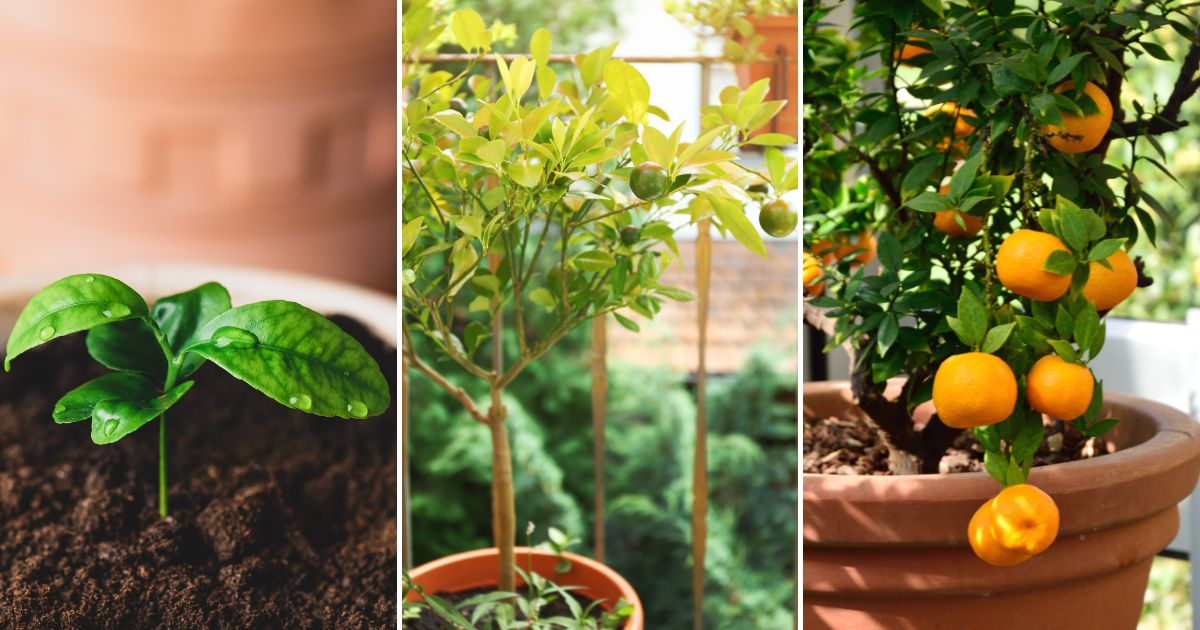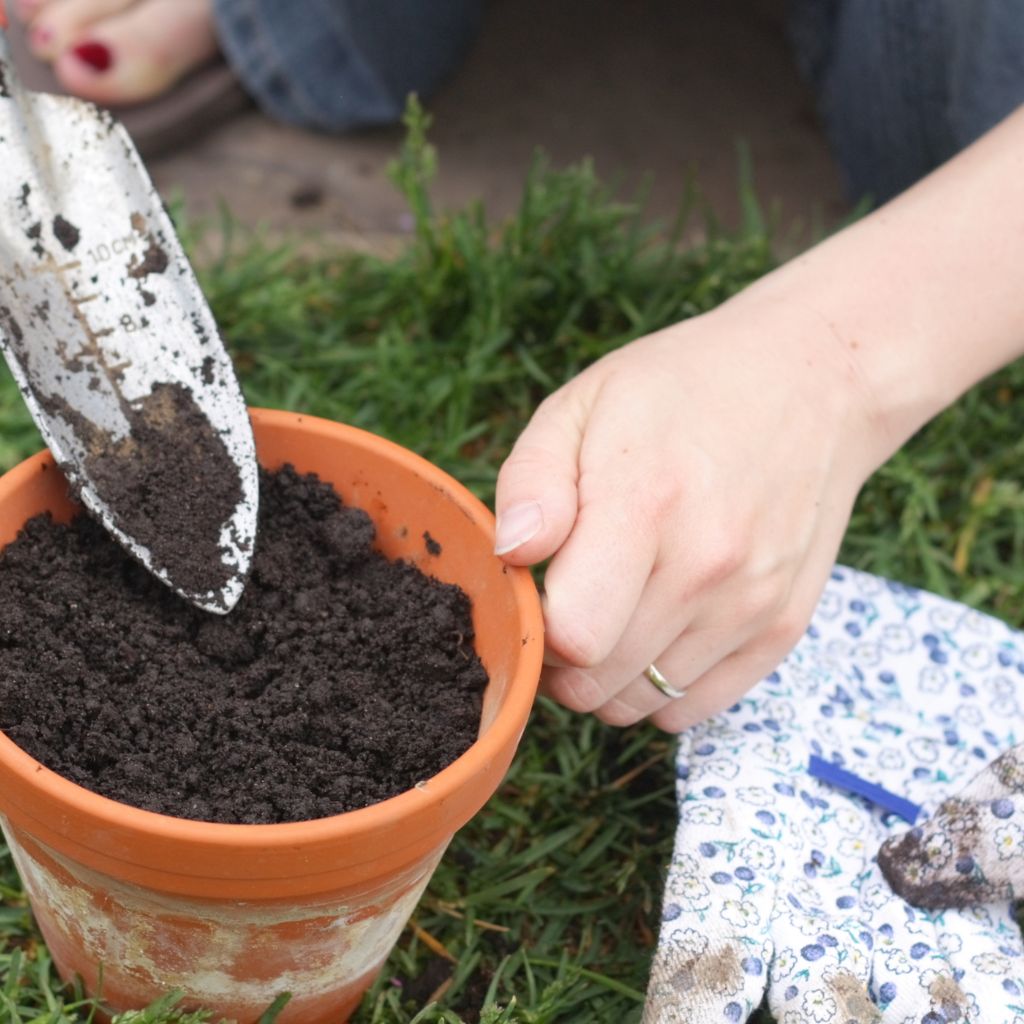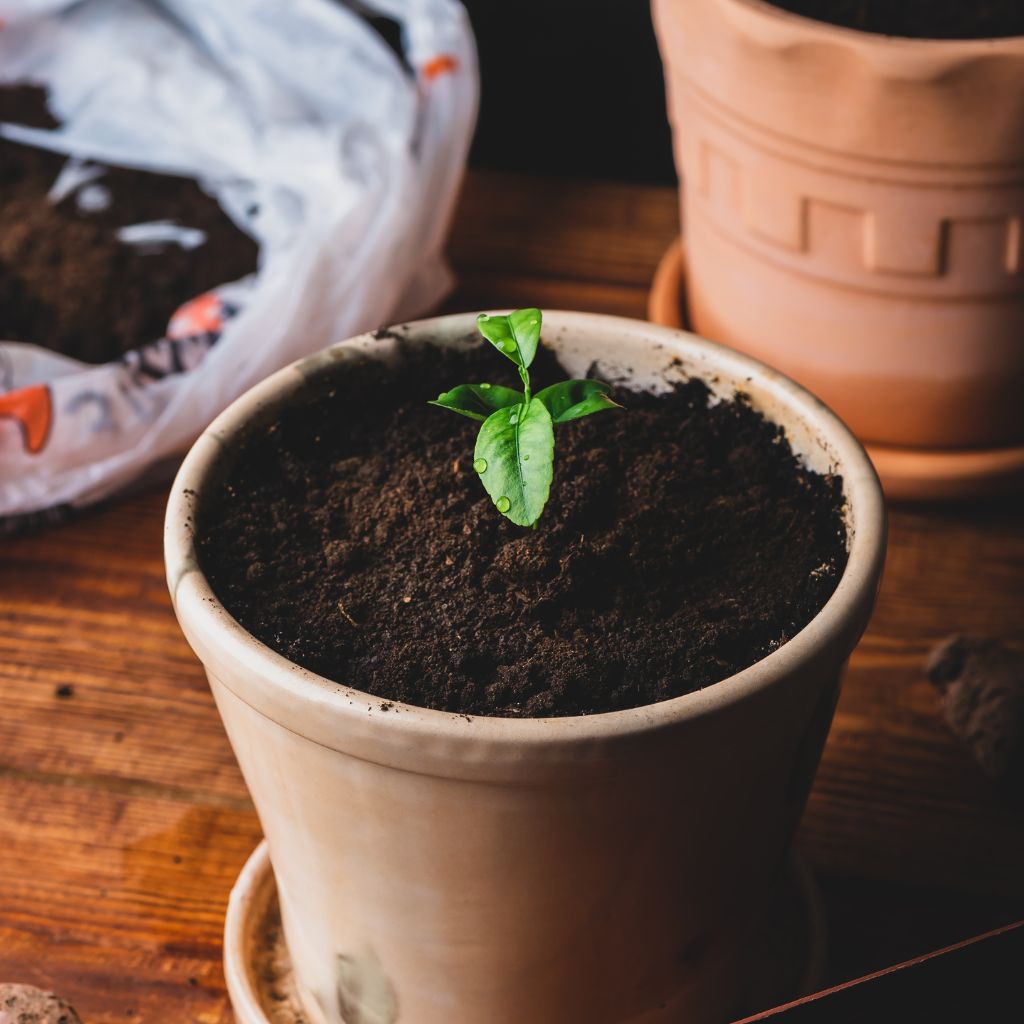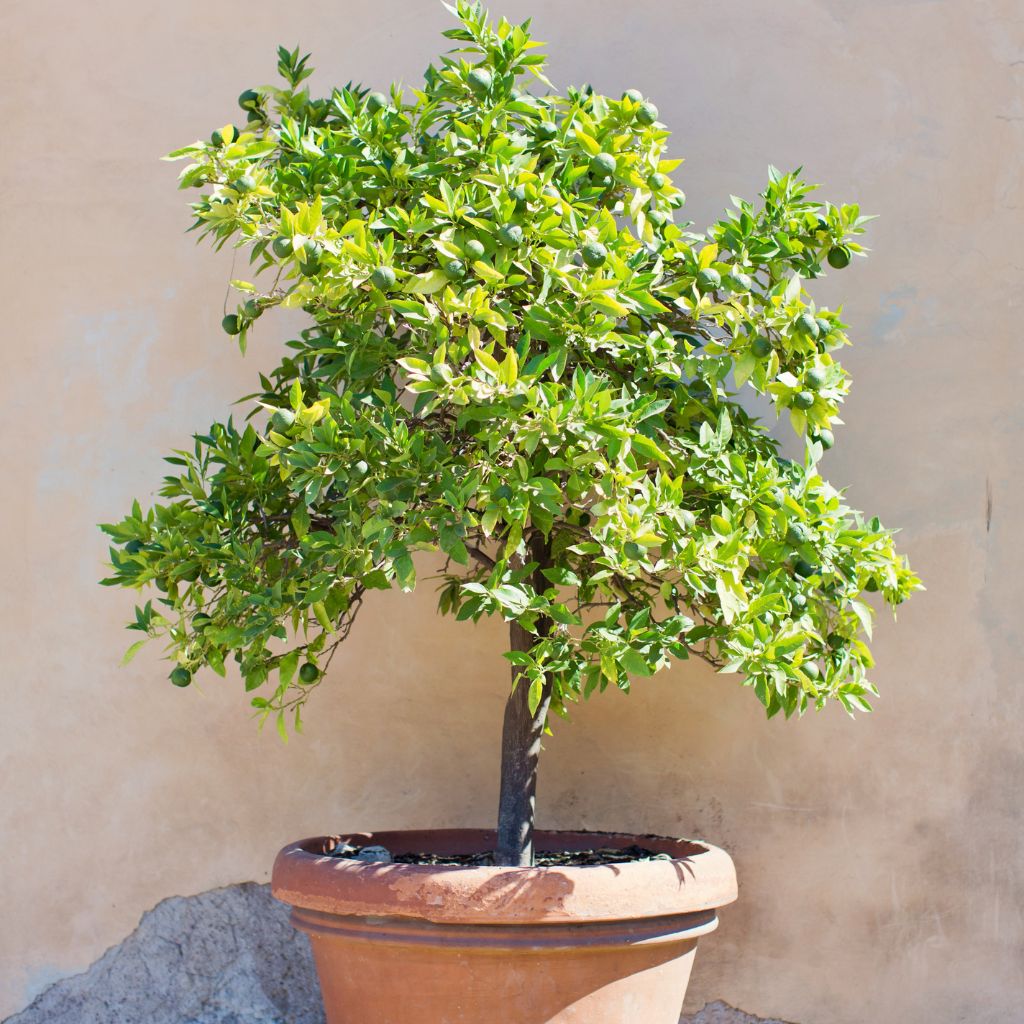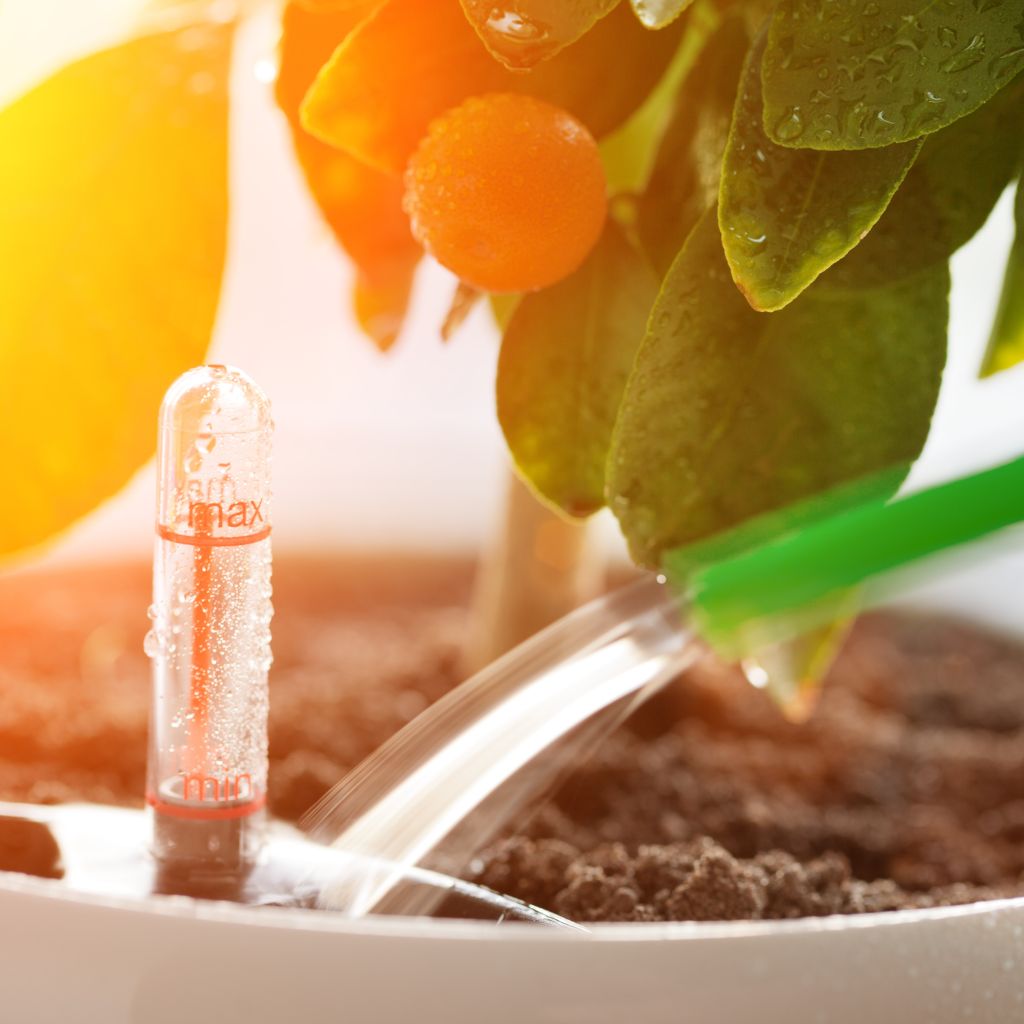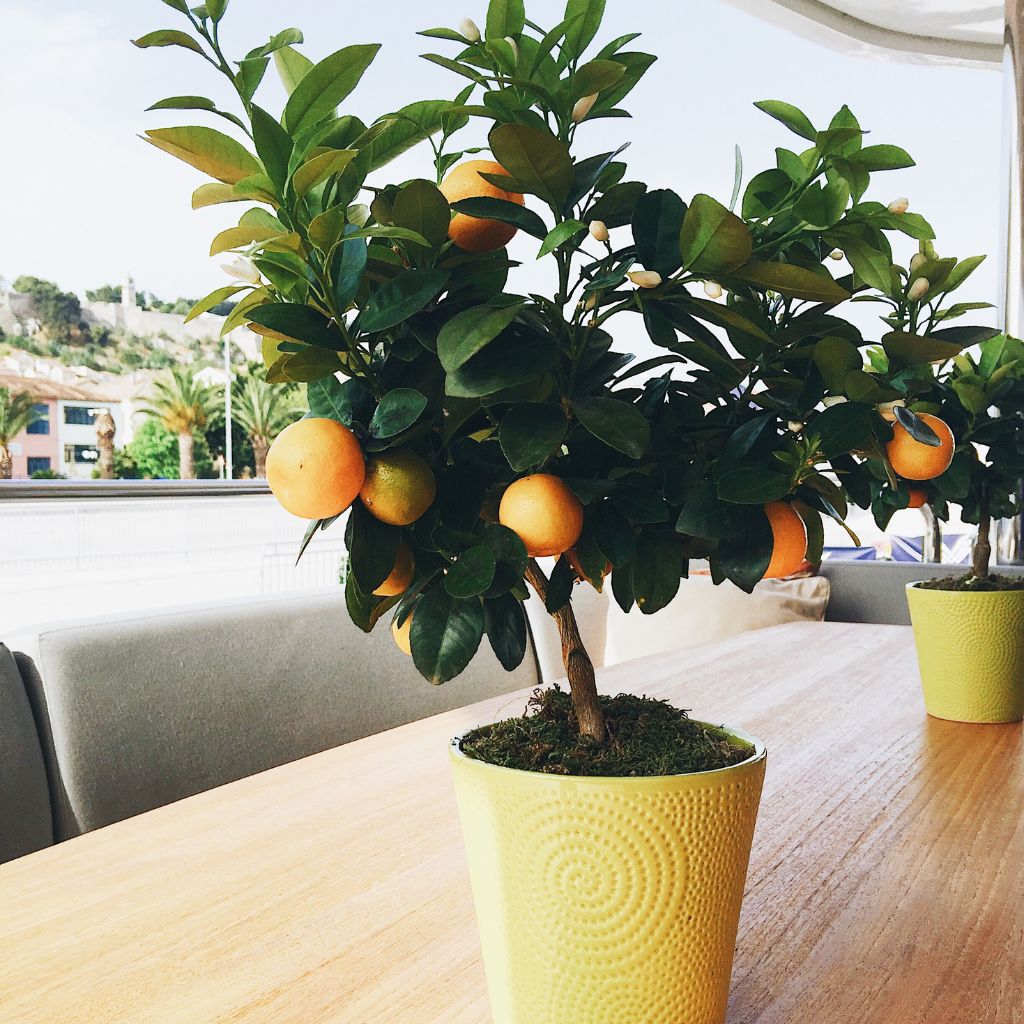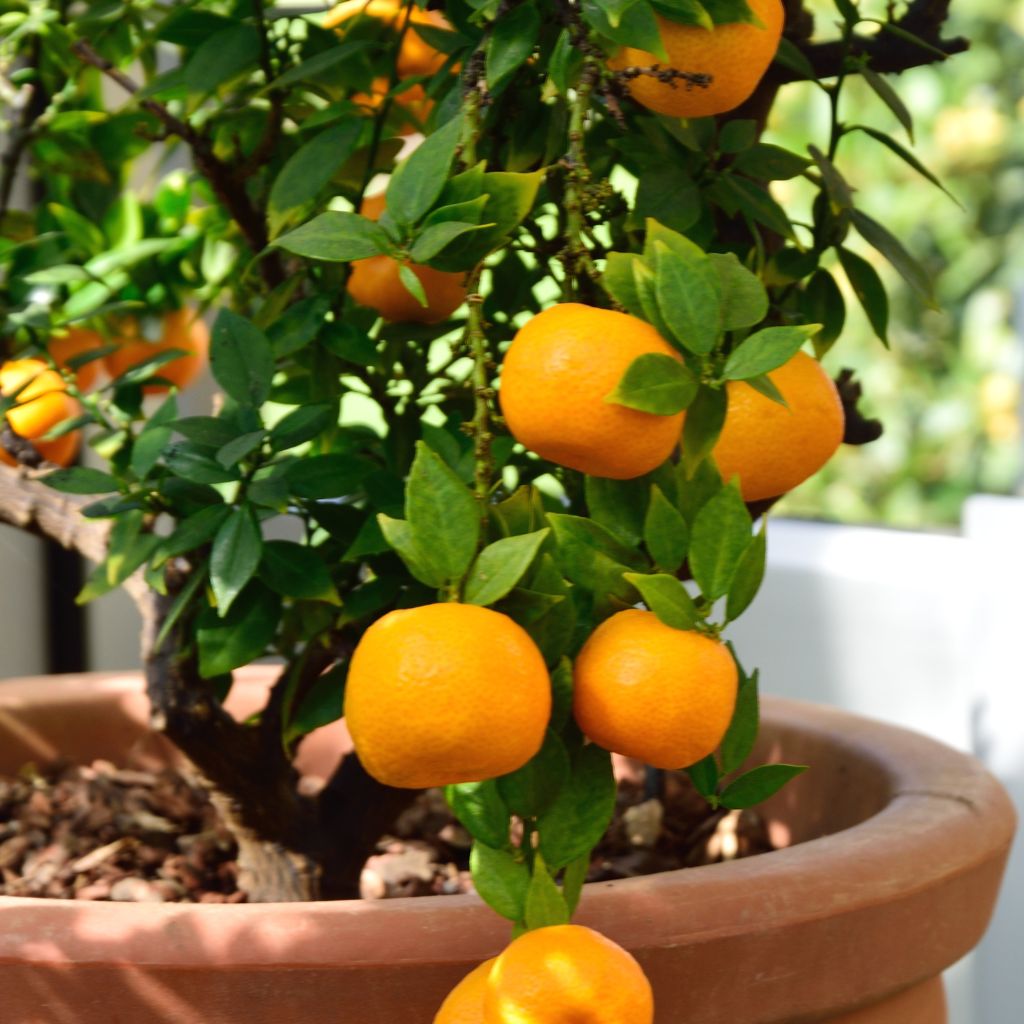Growing tangerines in a pot is a rewarding and practical way to enjoy fresh, juicy citrus fruit even if you don’t have a large garden.
Whether you’re a seasoned gardener or a beginner, following these step-by-step instructions will help you cultivate a thriving tangerine tree in a container.
Let’s explore the process from selecting the right tree to caring for it through the growing seasons.
1. Choosing the Right Tangerine Variety
The first step in growing tangerines in a pot is selecting the right variety. Not all tangerine trees are suitable for container gardening, so it’s essential to choose a dwarf or semi-dwarf variety.
These trees are smaller in size, making them ideal for pots while still producing plenty of delicious fruit.
Recommended Varieties:
Dancy: Known for its compact size and sweet, easy-to-peel fruit.
Clementine: Popular for its juicy, seedless fruits and compact growth habit.
Calamondin: A hybrid between a tangerine and a kumquat, it’s perfect for smaller spaces and produces tart, flavorful fruit.
2. Selecting the Right Pot
Choosing the right container is crucial for the success of your potted tangerine tree. The pot needs to be large enough to accommodate the tree’s root system and allow for growth.
Pot Requirements:
Size: Start with a pot that is at least 12-16 inches in diameter. As the tree grows, you may need to repot it into a larger container, eventually using a pot that is 24 inches or more in diameter.
Material: Terracotta, plastic, or wooden pots are ideal. Terracotta pots are porous and help with water evaporation, but they can be heavy. Plastic pots are lighter and retain moisture better, making them easier to move around.
Drainage: Ensure the pot has several drainage holes at the bottom to prevent waterlogging, which can lead to root rot.
3. Preparing the Soil
Tangerines thrive in well-draining, slightly acidic soil. The soil mix you use should provide good aeration while retaining enough moisture to support the tree’s needs.
Soil Mix Recipe:
Garden soil: Provides essential nutrients.
Peat moss or coco coir: Helps retain moisture while maintaining a light, airy texture.
Perlite or sand: Improves drainage and prevents the soil from becoming too compact.
Mix these components in equal parts to create an ideal potting mix for your tangerine tree. Before planting, fill the pot with the soil mix, leaving enough space at the top to accommodate the root ball of the tree.
4. Planting the Tangerine Tree
Once your pot and soil are ready, it’s time to plant your tangerine tree.
Planting Steps:
1. Remove the tree from its nursery pot: Gently loosen the roots if they are tightly bound.
2. Place the tree in the new pot: Position the tree so that it sits at the same depth as it was in the nursery container. The top of the root ball should be slightly below the rim of the pot.
3. Fill in around the root ball: Use the remaining soil mix to fill in around the roots, pressing down gently to remove any air pockets.
4. Water thoroughly: After planting, water the tree well to help settle the soil and remove any remaining air pockets.
5. Providing Sunlight and Temperature Control
Tangerine trees need plenty of sunlight to grow and produce fruit. They thrive in warm, sunny conditions, so it’s essential to place your potted tree in the right location.
Sunlight Requirements:
Location: Place the pot in a spot that receives at least 6-8 hours of direct sunlight each day. A south-facing patio or balcony is ideal.
Temperature: Tangerines prefer warm temperatures but can tolerate light frost. If you live in a cooler climate, be prepared to bring the tree indoors or provide frost protection during the winter months.
6. Watering and Fertilizing
Proper watering and feeding are critical to the health and productivity of your tangerine tree.
Watering Tips:
Consistency: Keep the soil consistently moist, but avoid waterlogging. Water the tree when the top inch of soil feels dry to the touch.
Deep watering: Water thoroughly until water drains out of the bottom of the pot. This ensures that the roots are well-hydrated and helps prevent salt buildup in the soil.
Fertilizing Schedule:
Type of fertilizer: Use a balanced citrus fertilizer, which provides the essential nutrients that tangerines need, including nitrogen, phosphorus, potassium, and trace elements like iron and magnesium.
Frequency: Fertilize every 4-6 weeks during the growing season (spring through summer). Reduce fertilization in the fall and winter when the tree’s growth slows down.
7. Pruning and Maintenance
Pruning helps manage the size of your tangerine tree, promotes healthy growth, and increases fruit production.
Pruning Guidelines:
Timing: Prune your tangerine tree in late winter or early spring before new growth starts. This is the best time to remove any dead or diseased branches.
Technique: Focus on thinning out crowded branches to improve air circulation and light penetration. Trim back any long or leggy branches to encourage bushier growth.
Maintenance: Regularly check for signs of pests or disease, and treat them promptly. Common pests include aphids, spider mites, and scale insects, which can be managed with insecticidal soap or neem oil.
8. Managing Challenges
Growing tangerines in a pot can present some challenges, but with careful attention, these can be managed effectively.
Common Challenges:
Root bound trees: If your tree’s roots start to circle around the pot, it may be time to repot into a larger container. This gives the roots more space to grow and helps the tree continue to thrive.
Overwatering: Avoid overwatering, which can lead to root rot. Always check the soil moisture before watering, and ensure the pot has adequate drainage.
Nutrient deficiency: Signs of nutrient deficiency, such as yellowing leaves, can be addressed by adjusting your fertilization schedule or adding a micronutrient supplement.
9. Harvesting Tangerines
One of the most rewarding aspects of growing a tangerine tree in a pot is harvesting your own fruit. Knowing when to pick your tangerines is crucial for the best flavor.
Harvesting Tips:
Ripeness: Tangerines are typically ready to harvest in the winter or early spring, depending on the variety. The fruit should be fully orange and slightly soft to the touch.
Technique: Use pruning shears or scissors to clip the fruit from the tree, leaving a small portion of the stem attached. This helps prevent damage to the tree and the fruit.
Storage: After harvesting, tangerines can be stored at room temperature for up to two weeks. For longer storage, keep them in the refrigerator.
Growing tangerines in a pot is a satisfying and fruitful endeavor that allows you to enjoy fresh, homegrown citrus even if you have limited space.
By carefully selecting the right variety, providing proper care, and managing potential challenges, you can successfully cultivate a healthy and productive tangerine tree in a container.
With patience and dedication, your potted tangerine tree will thrive, rewarding you with delicious, sun-ripened fruit that you can enjoy throughout the year.
